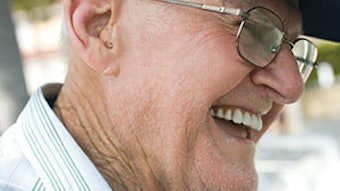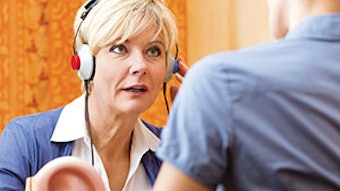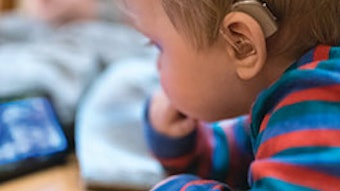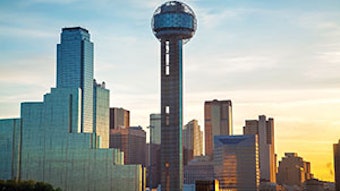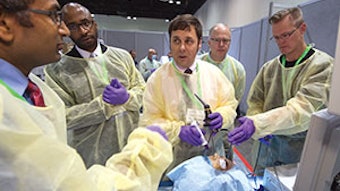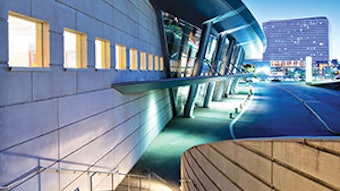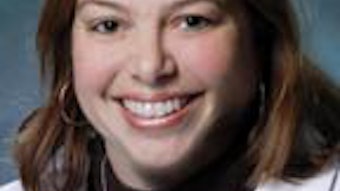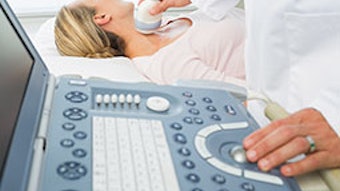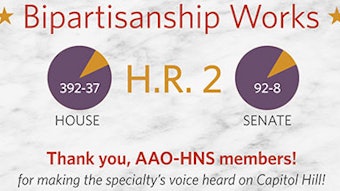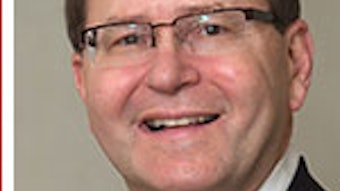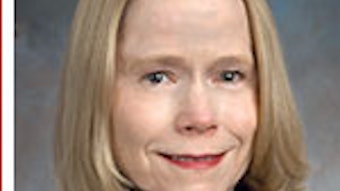Meeting coordinators explain changes
We recently sat down with the Coordinator for the Instruction Course Program, Sukgi S. Choi, MD, and the Coordinator for the Scientific Program, Eben L. Rosenthal, MD, to talk about this year’s Annual Meeting & OTO EXPO℠. Bulletin: What can you tell us about this year’s event? Dr. Choi: We have traditionally had a very distinct morning and afternoon program. This year, we have improved the entire program by offering content throughout the entire day. Miniseminars, Instruction Courses, and Oral Sessions now run simultaneously. This will allow for great variety in topics and content throughout the day, creating an individualized learning experience for each attendee. And even better, Instruction Courses are now included in the registration fee. The Annual Meeting is now an all-inclusive learning event with more choices for attendees to design a schedule that fits their needs. Our improved program offers significantly more value than ever before. Dr. Rosenthal: Additionally, the program has been redesigned to give attendees unopposed time in the morning and afternoon for attending committee meetings and exploring the OTO EXPO℠. The early morning committee meetings made it very difficult for those with significant time zone changes and those who had morning lectures. We remain committed to creating all-day tracks that will bring the highest-quality material together in a way that the attendee can easily identify a series of talks that fit with the topics they are most interested in. Bulletin: The Oral Presentations are always popular. Will there be any changes this year? Dr. Rosenthal: The shorter Oral Presentations that were incorporated into the program two years ago improved the pace and interaction within the Oral Sessions. In addition to continuing that format, this year we are adding video presentations. These will focus on the technical aspects of surgical technique and will be an effective way for experienced surgeons to communicate novel techniques. We look forward to growing this aspect of the program. We will again offer the “Best of Orals” to recognize the best in original research being conducted by our Members. This was one of the best-attended lectures last year and demonstrates the quality of the work being presented at this unique forum. Bulletin: How and why were these changes determined? Dr. Choi: When Dr. Rosenthal and I first started in our roles as coordinators, we both knew we wanted to change the entire structure of the meeting. In fact, I think that’s why we were chosen to work together. Feedback from evaluations and honest, frank discussions with Members told us that attendees were looking for change, so we conducted an in-depth review of the meeting structure, analyzed three years’ of attendee, exhibitor, and Member data, and benchmarked the meeting structure and education program of other medical societies. We then identified potential changes to the meeting, including the integration of the program, and discussed these options with the Boards of Directors and the Science and Education Committee. Various committees provided input, as well. Bulletin: How do these changes add value? Dr. Rosenthal: By integrating the program and carefully scheduling committee meetings to not interfere with the Scientific Program, attendees can now enjoy education content for the entire 3 ½ days. And because there are no additional fees for Instruction Courses, attendees have access to more learning opportunities than ever before. It’s truly a brand-new meeting and sure to please returning attendees and first-time attendees alike.
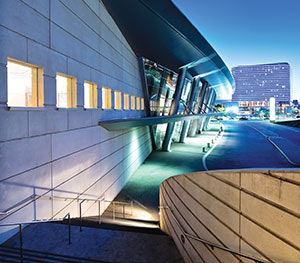 All AAO-HNSF Annual Meeting and OTO EXPO℠ events will take place at the Kay Bailey Hutchison Convention Center in Dallas or the connecting Omni Dallas Hotel.
All AAO-HNSF Annual Meeting and OTO EXPO℠ events will take place at the Kay Bailey Hutchison Convention Center in Dallas or the connecting Omni Dallas Hotel.We recently sat down with the Coordinator for the Instruction Course Program, Sukgi S. Choi, MD, and the Coordinator for the Scientific Program, Eben L. Rosenthal, MD, to talk about this year’s Annual Meeting & OTO EXPO℠.
Bulletin: What can you tell us about this year’s event?
Dr. Choi: We have traditionally had a very distinct morning and afternoon program. This year, we have improved the entire program by offering content throughout the entire day. Miniseminars, Instruction Courses, and Oral Sessions now run simultaneously. This will allow for great variety in topics and content throughout the day, creating an individualized learning experience for each attendee. And even better, Instruction Courses are now included in the registration fee. The Annual Meeting is now an all-inclusive learning event with more choices for attendees to design a schedule that fits their needs. Our improved program offers significantly more value than ever before.
Dr. Rosenthal: Additionally, the program has been redesigned to give attendees unopposed time in the morning and afternoon for attending committee meetings and exploring the OTO EXPO℠. The early morning committee meetings made it very difficult for those with significant time zone changes and those who had morning lectures. We remain committed to creating all-day tracks that will bring the highest-quality material together in a way that the attendee can easily identify a series of talks that fit with the topics they are most interested in.
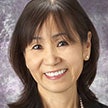 Sukgi S. Choi, MD
Sukgi S. Choi, MD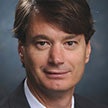 Eben L. Rosenthal, MD
Eben L. Rosenthal, MDBulletin: The Oral Presentations are always popular. Will there be any changes this year?
Dr. Rosenthal: The shorter Oral Presentations that were incorporated into the program two years ago improved the pace and interaction within the Oral Sessions. In addition to continuing that format, this year we are adding video presentations. These will focus on the technical aspects of surgical technique and will be an effective way for experienced surgeons to communicate novel techniques. We look forward to growing this aspect of the program. We will again offer the “Best of Orals” to recognize the best in original research being conducted by our Members. This was one of the best-attended lectures last year and demonstrates the quality of the work being presented at this unique forum.
Bulletin: How and why were these changes determined?
Dr. Choi: When Dr. Rosenthal and I first started in our roles as coordinators, we both knew we wanted to change the entire structure of the meeting. In fact, I think that’s why we were chosen to work together. Feedback from evaluations and honest, frank discussions with Members told us that attendees were looking for change, so we conducted an in-depth review of the meeting structure, analyzed three years’ of attendee, exhibitor, and Member data, and benchmarked the meeting structure and education program of other medical societies. We then identified potential changes to the meeting, including the integration of the program, and discussed these options with the Boards of Directors and the Science and Education Committee. Various committees provided input, as well.
Bulletin: How do these changes add value?
Dr. Rosenthal: By integrating the program and carefully scheduling committee meetings to not interfere with the Scientific Program, attendees can now enjoy education content for the entire 3 ½ days. And because there are no additional fees for Instruction Courses, attendees have access to more learning opportunities than ever before. It’s truly a brand-new meeting and sure to please returning attendees and first-time attendees alike.
